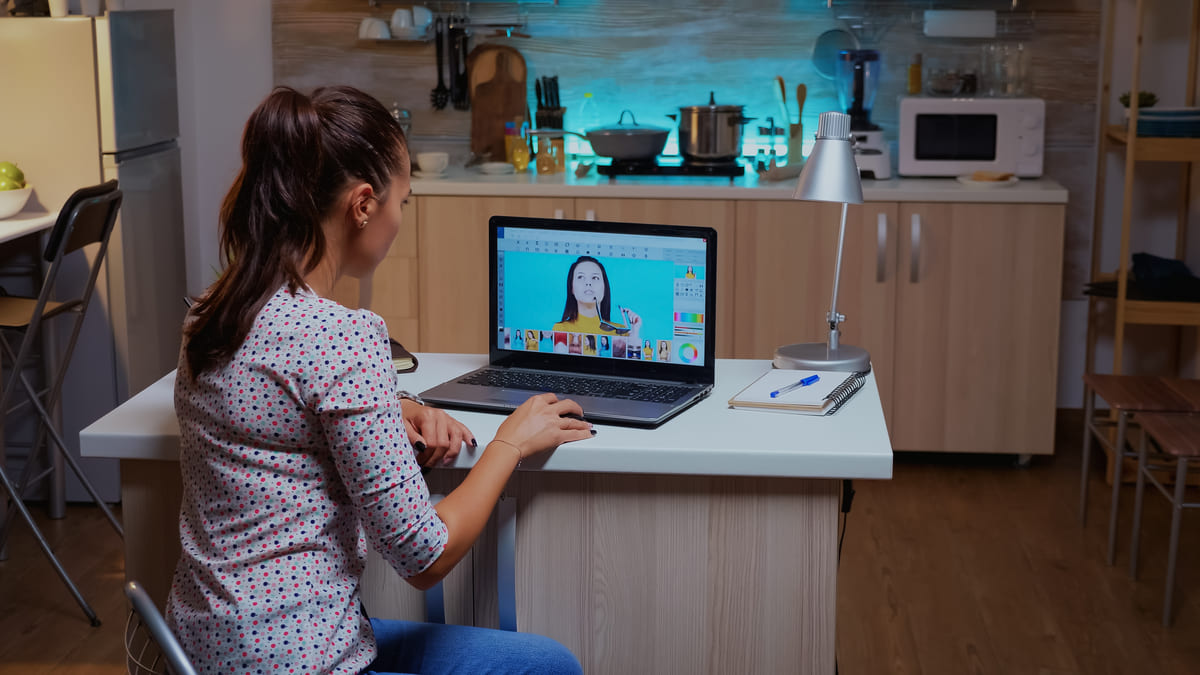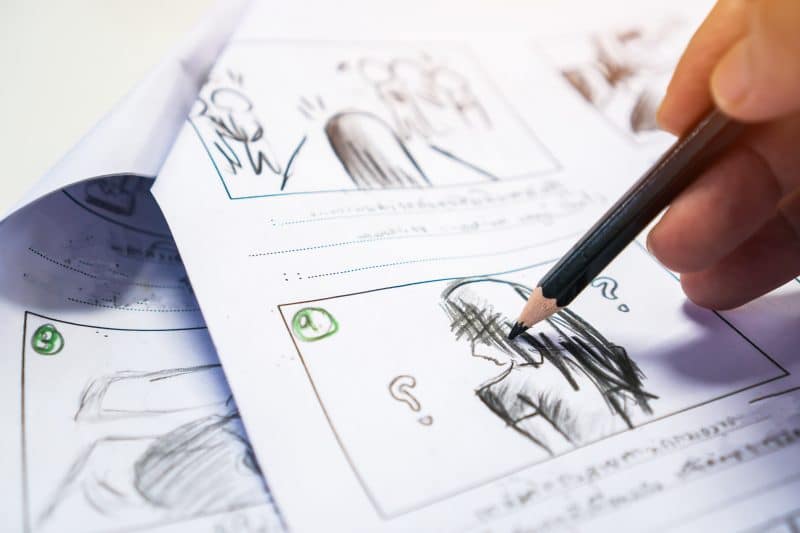Colour grading is no joke.There’s a series of film and tv ‘light bulb jokes, the best known being, how many soundies does it take to change a light bulb? 1….2, 1…2. One of my favourites though is: how many directors does it take to change a lightbulb? Don’t worry we’ll fix it in post.
The humour for this joke comes from the mocking of the less technically aware that post production could solve all shooting issues and therefore directors could be lazy when shooting. It was always instilled in to me that this was not the case and you should aim to shoot pretty much what you expected to end up with as invariably although post production could greatly improve the look of a film it couldn’t just ‘fix’ fundamental mistakes. You couldn’t just use post to turn a light bulb on in shot.
The strict disciplines of shooting
So, for years I have stuck to a strict discipline of shooting what I wanted to see in the final edit, only to be impressed with how post production has enhanced that.
Now, I believe, things have changed somewhat.
Don’t get me wrong, I still stick to a strict discipline of not being lazy when shooting or making presumptions about the capabilities of post, but now I shoot, not only with a much more detailed awareness of what happens in post production but also specifically with certain techniques in mind. Here I’m not talking about ‘effects shots’ but basic fundamentals of camera and lighting work: colour, contrast, exposure. We’re in an age where colour correction and colour grading have become an intended part of the production process, of ‘production workflow’.
Colour correction
Basically this ‘matches’ different shots so there is lighting and colour continuity between them as well as (predominantly for skin tones) making the image look ‘natural’. Traditionally, for example, ‘fixing it in post’ might occur if the cameras colour balance had been set for shooting in sunlight and then had filmed under artificial lights. This would make the picture too ‘blue’ and would therefore need to be ‘corrected’.
However, modern technology developments mean settings on cameras (a batch or group setting being referred to as a Picture Profile (PP)) , often now lead to shooting a ‘flat profile’ with the intention that this will be ‘corrected’ or graded in the edit.
The baked in look
Why? Why not just shoot a ‘baked in’ look? I guess the simple answer is options. Is this directorial indecisiveness? No, it means that there is a lot more scope to fine tweak the image when sitting in the comfort of the edit, rather than on location with the sun coming in and out, or even in a studio with actors performances to concentrate on and all the other production ‘business’ that goes in to getting great shots, whether that be for film, tv or corporate. If colour, contrast etc is something that we can go back to and re-work in which ever direction we like outside of the constrained shooting schedule then that, in my view can only be a good thing.
This picture 1 shows a ‘flat picture profile’ as the image was recorded in camera, image 2 shows how this can be manipulated in post to give a much nicer finished result. Perhaps more importantly shooting a ‘flat’ PP allows a lot more scope for grading.
‘Colour grading’
Colour grading is synonymous with colour correction. However it is more frequently now used when referring to the fact that a video image has been given a particular ‘look’. There are various grading programmes that perform this function. Here I’ve just used a few pre-sets to illustrate how when shooting a ‘flat’ image you’re providing scope for a whole range of possible looks in terms of style, they’re all a bit extreme for the shot but it give an idea.
These looks then have an almost infinite possible variations in terms of gamma, colour, contrast, focus, pretty much every part of the image can be tweaked. It is important to remember though that the quality of the image is still dictated by the original footage shot. Filming a lit light bulb is still going to look better than lighting it in post production.
How many producers does it take to change a light bulb? I don’t know, how much will it cost?
If you’d like to have a chat with us about your next corporate video production – get in touch



